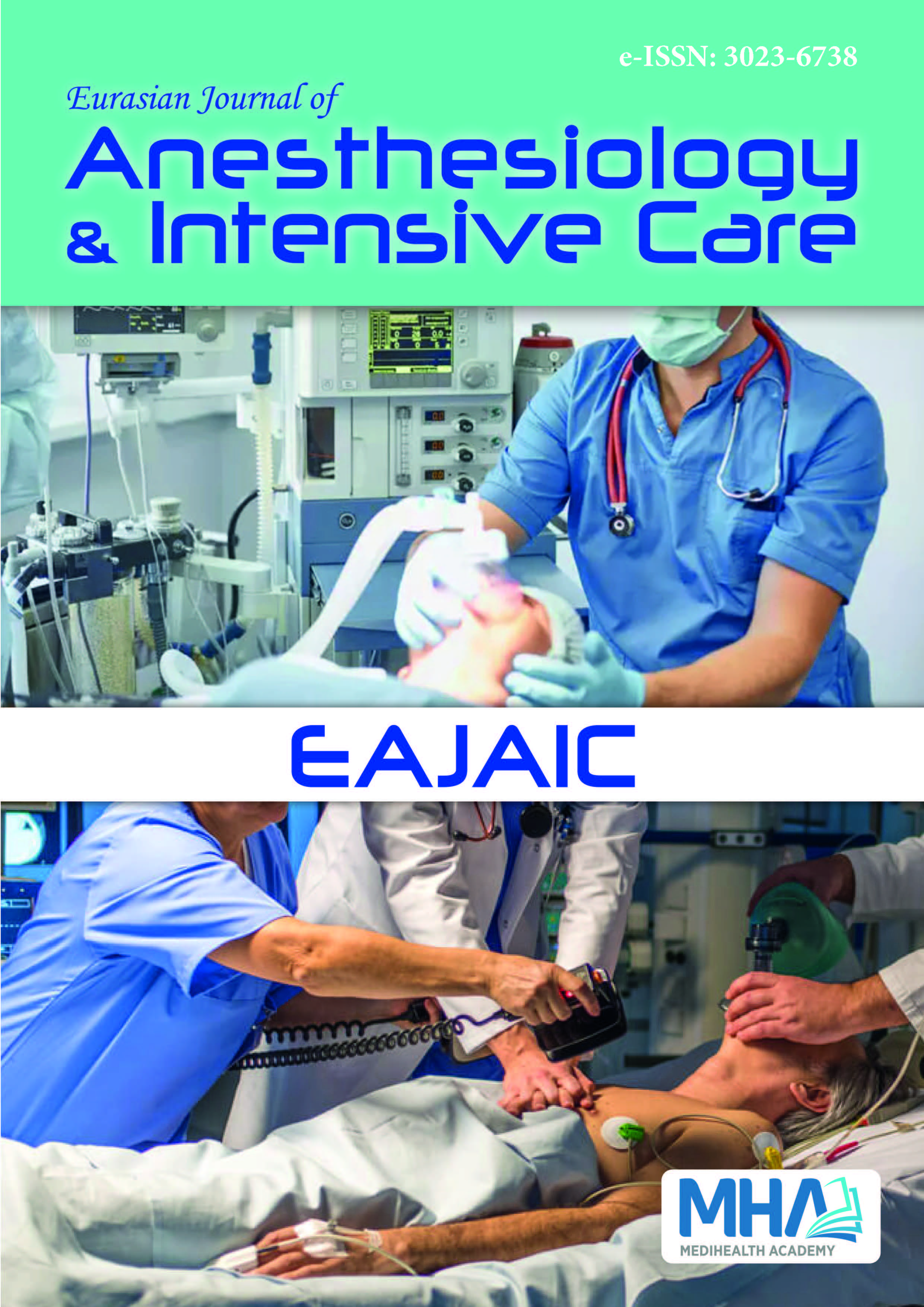1. Mekanik bel ağrısı. In: Erdine S. Ağrı. 3rd ed. Nobel Tıp Kitap Evi:2007:425.
2. Bel ağrılarında multidisipliner yaklaşım. In: Erdine S. Ağrı. 3rd ed.Nobel Tıp Kitap Evi: 2007:423.
3. Block AR. Psychological screening of spine surgery candidates. In:Hoschschuler SH, Cotler HB, Guyer RD, eds. Rehabilitation of TheSpine. Science and Practice. Mosby: 1993:617-625.
4. Bigos S, Bowyer O, Braen G, et al. Acute low back problems in adults.Clinical Practice Guideline No. 14. AHCPR Public Health Service, USDepartment of Health and Human Services, 1994.
5. Coşar A. Başarısız bel cerrahisi sendromu. J Spin Surg. 2009;20(2):89-94.
6. Ergin A. Bel ağrılarında epidural steroid uygulamaları. Ağrı.2005;17(1):23-27.
7. Gözdemir M, Sert H, Usta B, Demircioğlu RI. Epidural steroidenjeksiyonu. Yeni Tıp Derg. 2007;24:17-22.
8. Lee JH, An JH, Lee SH, Comparison of effectiveness of interlaminarand bilateral transforaminal epidural steroid injections in treatmentof patients with lumbosacral disc herniation and spinal stenosis. Clin JPain. 2009;25(3):206-210.
9. Marshall LL, Trethewie ER, Curtain CC. Chemical radiculitis: aclinical, physiological, and imunological study. Clinical Ortop RelatRes. 1977;129:61-67.
10. Vad VB, Bhat AL, Lutz GE, Cammisa F. Transforaminal epiduralsteroid injections in lumbosacral radiculopathy: a prospectiverandomized study. Spine. 2002;27(1):11-16.
11. Lutz GE, Vad VB, Wisneski RJ. Fluoroscopic transforaminal lumbarsteroids: an outcome study. Arch Phys Med Rehabil. 1998;79(11):1362-1366.
12. Saal JA, Saal JS, Herzog RJ. The natural history of lumbar intervertebraldisc extrusion treated nonopratively. Spine. 1990;15(7):683-686.
13. Onda A, Yabuki S, Kikuchi S, Satoh K, Myers RR. Effects of lidocaineon blood flow and endoneurial fluid pressure in a rat model of herniatednucleus pulposus. Spine. 2001;26(20):2186-2191.
14. Pirbudak L, Karakurum G, Şatana T, et al. Disk hernisi kaynaklı akutdiskojenik bel ağrılarında epidural steroid enjeksiyonu ve amitriptilinkullanımı. Joint Dis Relat Surg. 2003;14(2):89-93.
15. Aldemir T. Epidural steroid injeksiyonu. In: Erdine S. Ağrı. 2nd ed.Nobel Tıp Kitabevi: 2002: 644-650.
16. Warr AC, Wilkinson JA, Burn JM, Langdon L. Chronic lumbosciaticsyndrome treated by epidural injection and manipulation. Practitioner.1972;209(249):53-59.
17. Dvorak J, Valach L, Fuhrimann P, Heim E. The outcome of surgery forlumbar disc herniation. II. a 4-17 years’ follow-up with emphasis onpsychosocial aspects. Spine. 1988;13(12):1418-1422.
18. Nachemson AL. Evaluation of results in lumbar spine surgery. ActaOrthop Scand. 1993;251:130-133.
19. Gabriel EM, Friedman AH. The Failed Back Surgery Syndrome.In: Wilkins RH, Rengachary SS, eds. Neurosurgery Vol. 3. 2nd ed.Mcgraw-Hill: 1995:3863-3870.
20. Guo HR, Tanaka S, Halperin WE, et al. Back pain prevalence inUS industry and estimates of lost work days. Am J Public Health.1999;89(7):1029-1035.
21. Devulder J. Transforaminal nerve root sleeve injection withcorticosteroids, hyaluronidase, and local anesthetic in the failed backsurgery syndrome. J Spinal Disord. 1998;11(2):151-154.
22. Devulder J, Deene P. Nerve root sleeve injections in patients with failedback surgery syndrome: a comparison of tree solutions. Clin J Pain.1999;15(2):132-135.
23. Carette S, Leclaire R, Marcoux S, et al. Epidural corticosteroidinjections for sciatica due to herniated nucleus pulposus. New Eng JMed. 1997;336(23):1634-1640.
24. Buchner M, Zeifang F, Brocai DR, Schiltenwolf M.Epiduralcorticosteroid injection in the conservative managementofsciatica. Clin Orthop. 2000;375:149-156.
25. Saal JS, Franson RC, Dobrow R, et al. High levels of inflammatoryphospholipase A2 activity in lumbar disc herniations. Spine.1990;15(7):674-678.
26. Riew KD, Yin Y, Gilula L, et al. The effect of nerve-root injectionson the need for operative treatment of lumbar radicular pain. Aprospective, randomized, controlled, double-blind study. J Bone JointSurg. 2000;82(11):1589-1593.

